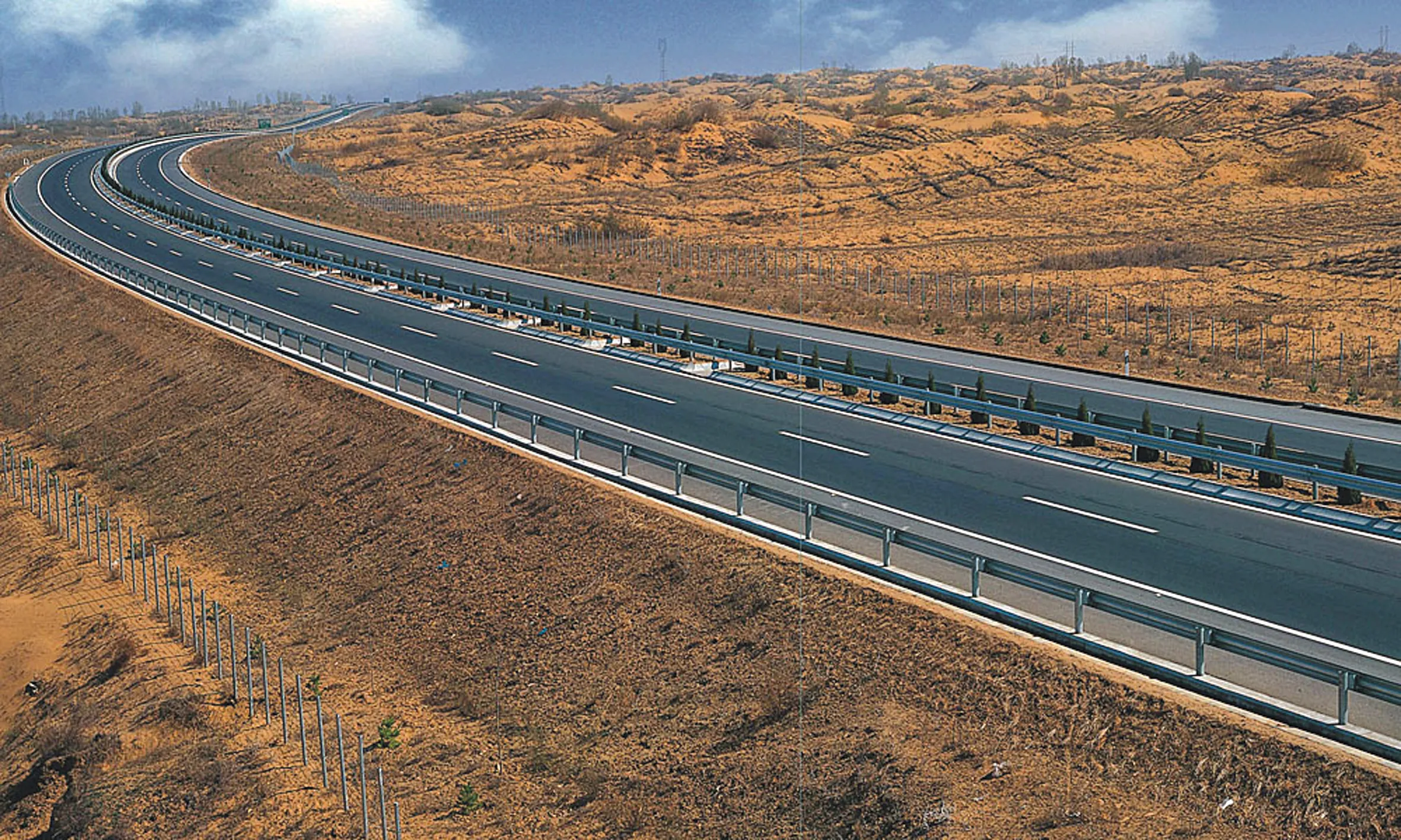In China’s Guangxi Zhuang autonomous region, Zhejiang Province and Hunan Province, major infrastructure investment plans are being drawn up for 2013. In the Guangxi Zhuang autonomous region, an investment of US$17.7 billion will be made on transportation development. This will include work on four airports as well as building five highways with a combined length of 363km during the year. Meanwhile, in Zhejiang Province some $48.2 billion will be invested in developing the road network, of which $6.6 billion
January 25, 2013
Read time: 2 mins
In China’s 5389 Guangxi Zhuang autonomous region, Zhejiang Province and Hunan Province, major infrastructure investment plans are being drawn up for 2013. In the Guangxi Zhuang autonomous region, an investment of US$17.7 billion will be made on transportation development. This will include work on four airports as well as building five highways with a combined length of 363km during the year. Meanwhile, in Zhejiang Province some $48.2 billion will be invested in developing the road network, of which $6.6 billion will be spent in 2013. The authorities in Zhejiang Province will focus on rural road construction, developing provincial and county roads, building new expressways, renovating dangerous bridges and maintenance and repair works. And in Hunan Province $9.16 billion will be spent on highways during 2013. A total of 14 highways stretching over 1,023km will be completed and opened to traffic. The authorities in Hunan Province also intend to complete upgrading works on 210km of highways and begin the construction of 428km of highways. By the end of 2013, the aim is for the total length of highways in operation in Hunan Province to exceed 5,000km.








